De leerling
- 5.4
- Romance
- 2015
- 45m
- PG-13
a gripping Dutch drama-thriller that dives into the turbulent psychology of adolescence, obsession, and manipulation. The film follows a gifted yet emotionally unstable student whose radical worldview and growing defiance clash with the society around him, creating a spiral of tension and unease. With raw performances, intense themes, and an unflinching look at moral corruption, De Leerling unpacks the dangers of youthful rebellion, unchecked ambition, and the fragile line between brilliance and destruction.

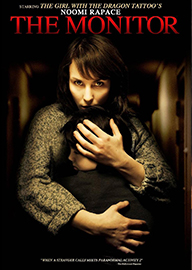
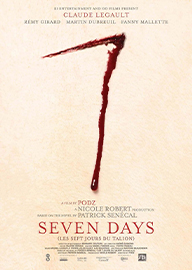

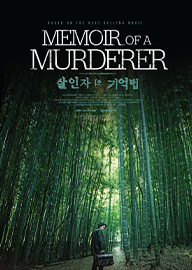
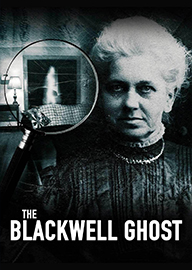
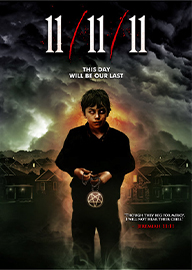
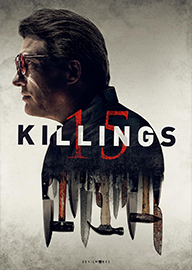
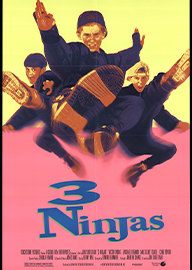
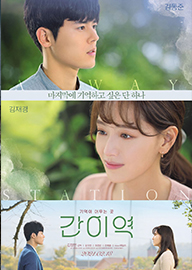
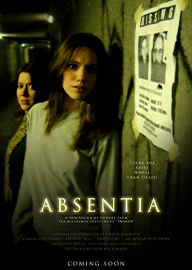

Comments
0Reviews
0Summery
1Please sign in to comment.
Please sign in to review.
De Leerling (2015) unfolds as a dark and uncompromising exploration of adolescence, radical ideas, and the uneasy territory where intelligence collides with obsession. Unlike mainstream thrillers that rely on spectacle or fast-paced conflict, this film immerses viewers in the claustrophobic and unsettling world of a young student whose intellect becomes a weapon, and whose emotions drive him into spirals of self-destruction and control. The story is rooted in the microcosm of school life, but its themes extend far beyond the classroom, touching on the fragility of morality, the allure of dangerous ideologies, and the silent battles of youth.
The film begins with an atmosphere of unease, introducing the student protagonist as an outsider, a young man whose sharp mind is immediately noticeable but whose social detachment sets him apart from his peers. He is not presented as a stereotypical troubled teen; rather, he radiates both intelligence and charisma, drawing others in even as he keeps them at a distance. This duality—the capacity to attract and alienate—is the heartbeat of the narrative. In the early scenes, his presence in the classroom hints at tension beneath the surface. Teachers recognize his brilliance but grow increasingly unsettled by his confrontational behavior, his refusal to accept authority, and his sharp challenges to established norms.
As the story deepens, the student’s worldview begins to unfold, revealing not just the rebelliousness of a teenager but the dangerous conviction of someone who believes in reshaping the rules of morality and power. His classmates find themselves alternately fascinated and disturbed, drawn into his orbit even as they sense the destructive potential of his ideas. This dynamic reflects a broader commentary on the fragility of adolescence, the period when identity is fluid and influence can be both intoxicating and dangerous. The protagonist’s manipulation of his peers serves as a chilling study in how authority can be seized not by physical dominance but through intellectual intimidation and psychological gamesmanship.
The narrative tension escalates when the student begins targeting specific individuals, exposing weaknesses and exploiting insecurities. His interactions with teachers reveal his contempt for authority figures who, in his eyes, embody hypocrisy and mediocrity. With every debate, every sharp remark, he undermines their position, turning the classroom into a stage for his radical defiance. Yet the film does not present him as a one-dimensional villain. Instead, it peels back layers of his psyche, showing glimpses of vulnerability, confusion, and even longing for connection. This complexity keeps the audience both repelled and fascinated, much like the characters who orbit him. Parallel to this psychological tension is the film’s exploration of relationships. The student’s interactions with peers blur the boundaries between friendship, manipulation, and coercion. Romantic undertones, rivalries, and fragile alliances play out against the backdrop of his growing dominance. Some classmates admire his boldness, mistaking his rebellion for strength, while others grow fearful of his unpredictable behavior. The interplay of admiration and dread illustrates how charisma can conceal danger, how intelligence can become a mask for destructive impulses.
The second act of De Leerling intensifies the atmosphere, shifting from subtle unease to overt conflict. The student’s actions grow bolder, his disdain for authority sharper, his manipulation more cruel. Incidents at school escalate beyond simple defiance, threatening to destabilize the balance of the classroom and drawing the attention of administrators. Yet even when confronted, his brilliance shields him, allowing him to twist arguments and escape consequences. This element of the story highlights the failure of institutions—schools, teachers, systems designed to nurture and guide youth—to effectively respond when confronted with intelligence turned toxic. The film’s turning point comes when the consequences of his behavior spill beyond the classroom into darker, more personal territory. A relationship that seemed consensual reveals itself to be exploitative, a friendship collapses under the weight of betrayal, and the emotional fragility of adolescence gives way to trauma. At this stage, the audience is forced to reckon with the reality that the student’s worldview is not merely rebellious posturing but a dangerous ideology in practice. His conviction in his own superiority, his willingness to manipulate without remorse, and his obsession with control transform him into a figure both pitiable and terrifying.
The cinematography underscores this transformation, shifting from naturalistic portrayals of school life to more shadowed, oppressive visuals. The classroom becomes a battlefield of ideology, the hallways a labyrinth of whispered rumors and shifting loyalties. Sound design, too, heightens the psychological weight, with silence often more unsettling than dialogue. The film’s deliberate pacing mirrors the slow unraveling of its protagonist, dragging the audience into his suffocating mindset while simultaneously creating distance through the unease of watching him descend further into darkness. The climax of De Leerling is not an explosion of physical violence but a confrontation of psychological and moral weight. The student is finally faced with the undeniable consequences of his actions, consequences that no amount of intellectual posturing can erase. Relationships lie in ruin, authority figures are exposed as powerless, and he stands on the precipice of his own undoing. Yet even here, the film resists clear resolution. Does he feel remorse? Does he recognize the damage he has caused? Or does he retreat further into the comfort of his ideology, convinced that his downfall only proves his uniqueness? The ambiguity leaves the audience unsettled, forced to wrestle with questions of morality and accountability long after the credits roll.
Thematically, the film resonates far beyond its school setting. It addresses universal questions of power, influence, and responsibility. It critiques the susceptibility of youth to dangerous ideas, the failure of institutions to address psychological complexity, and the seductive allure of rebellion. At its heart, De Leerling is a cautionary tale—not just about one student’s descent into obsession, but about the fragility of adolescence itself, the ease with which brilliance can turn destructive, and the collective responsibility of society to recognize and respond to such dangers. By the end, De Leerling (2015) stands as a chilling reminder of how thin the line is between genius and destruction, rebellion and manipulation, adolescence and corruption. It is not an easy film, nor one that offers comforting answers. Instead, it immerses viewers in unease, forcing them to confront uncomfortable truths about influence, morality, and the human psyche.